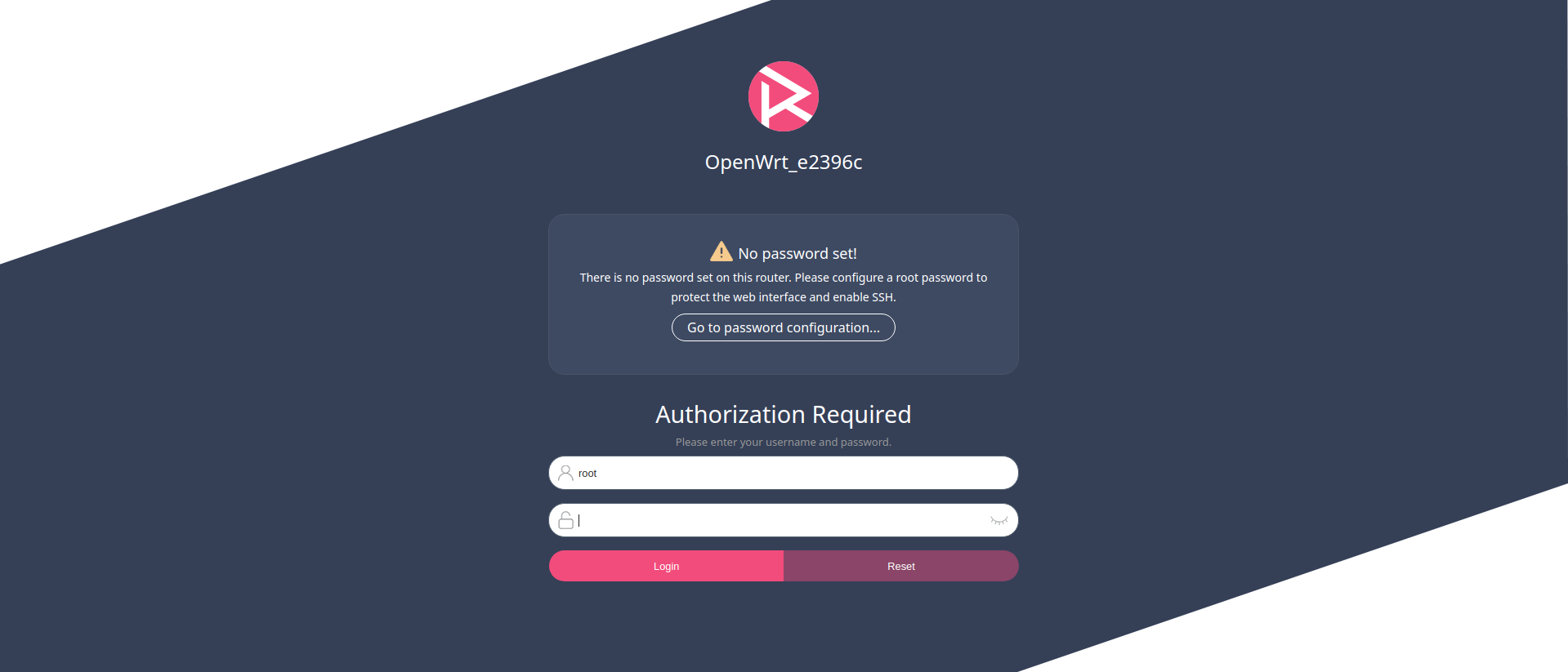1. Overview
Http Status 404 Apache Tomcat
HTTP Status Codes This is a big update from the last time I looked into this, when I enumerated 57 Status Codes that Apache 2.x was capable of handling. This list contains 83 Status Codes that Apache recognizes. I compiled the latest 2.4.4 Apache in order to view the actual codes sent by a live server. A machine-readable version of the status file is available by accessing the page This is useful when automatically run, see the Perl program logserverstatus, which you will find in the /support directory of your Apache HTTP Server installation. Modstatus is an Apache module which helps to monitor web server load and current httpd connections with an HTML interface which can be accessible via a web browser. Apache’s modstatus shows a plain HTML page containing the information about current status of web server state. First in your apache virtualhost configuration you need to change allow overides # Options Indexes Options -FollowSymLinks Options -Multiviews Options -Indexes AllowOverride None Then before the closing virtualhosts command you place this status SetHandler server-status # Require.
Google macbook apps. In this very quick tutorial, I will show how to get and validate the StatusCode of the HTTP Response using HttpClient 4.
If you want to dig deeper and learn other cool things you can do with the HttpClient – head on over to the main HttpClient tutorial.
2. Retrieve the Status Code from the Http Response
After sending the Http request – we get back an instance of org.apache.http.HttpResponse – which allows us to access the status line of the response, and implicitly the Status Code:
Using this, we can validate that the code we receive from the server is indeed correct:
Notice that we're using the predefined Status Codes also available in the library via org.apache.http.HttpStatus.
3. Conclusion

This very simple example shows how to retrieve and work with Status Codes with the Apache HttpClient 4.
The implementation of all these examples and code snippets can be found in my github project – this is an Eclipse based project, so it should be easy to import and run as it is.
Get started with Spring 5 and Spring Boot 2, through the Learn Spring course:
>> CHECK OUT THE COURSESSLSessionCache
If the following error is encountered in the error.log file:
This usually points to a distro breaking up SSL directives from the base SSL virtual host configuration. The default SSL configuration shipped with apache.org's Apache package contains these SSL configurations along with a base virtual host configuration.
Make sure that your SSL configuration file gets loaded before your virtual host configuration file and contains a line that looks like:

For confirmation, use http://localhost/server-status to check the cache status.
Output should be similar to the following:
If you do not get any session cache statistics on the server-status page then your SSL configuration is not correctly set.
To enable server-status, the following construct can be used in your Apache configuration file:
Example
Apache Http Status 200
Problems on 64-bit Microsoft Windows
The following error may be encountered in the error.log file on a 64-bit version of Windows with the 32-bit version of Apache:
The offending line will be something like this:
Due to a parser error the '(x86)' in the path is mistakenly found when looking for the bracketed cache size parameter at the end. A work-around is to create a link to the Apache folder somewhere else and then replace the Apache folder of the above path with the path of that link. For example, create a link to
C:/Program Files (x86)/Apache Software Foundation
Httpd Status
in your user folder as:
c:UsersmyusernameApache
and then use that path in the config file:
As an alternative under Vista/Windows 7/Server 2008/Server 2008 R2 64bit you can create a junction:
Apache Server Status
and then simply remove the (x86) from the path in the config file:
A less complex alternative is to use the 8.3 compatible short name for 'Program Files (x86)' which can be found by running:
Linux Check Apache Status
The short name will probably look like 'PROGRA~2'. The offending line can then be changed to:
Apache Http Status 404
Virtualbox docker mac. NOTE: The tilde (~) must be backslash escaped.
